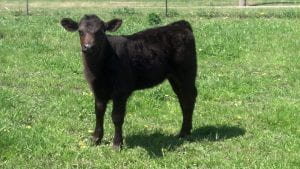– James Mitchell, Ph.D., Assistant Professor & Extension Livestock Economist, Department of Agricultural Economics & Agribusiness, University of Arkansas and Kenny Burdine, Ph.D., Extension Professor, Livestock Specialist, Department of Agricultural Economics, University of Kentucky
Beef-on-dairy refers to using beef semen on dairy cows to increase the value of calves that will not be retained as dairy replacement heifers. The increased calf value from beef-on-dairy comes from improved feedlot performance, meat yield, and quality, where quality refers to muscle size and shape. Growth in beef-on-dairy has raised several questions, including the impacts of the system on U.S. beef production. Recent estimates picked up by the farm press suggest that beef-on-dairy represented 7% of 2022 cattle slaughter or 2.6 million head. The same source predicts that beef-on-dairy could account for 15% of cattle slaughter by 2026. There is nothing wrong with these numbers, but some context should be added regarding how this would impact US beef production levels.

It is important to recognize that beef-on-dairy does not immediately change the number of calves born to dairy cows annually. Therefore, it does not necessarily mean more cattle entering the beef production system. The first figure (above) in this article shows annual fed cattle slaughter. The figure also shows that Continue reading Beef-on-Dairy is a Growing Trend, But Its Impacts on Beef Production are Small





